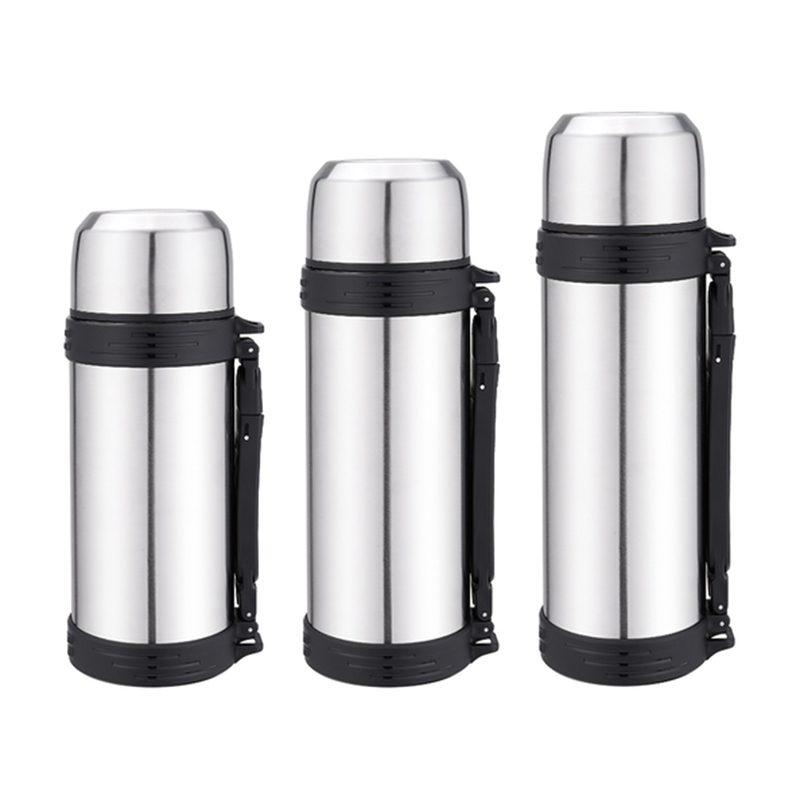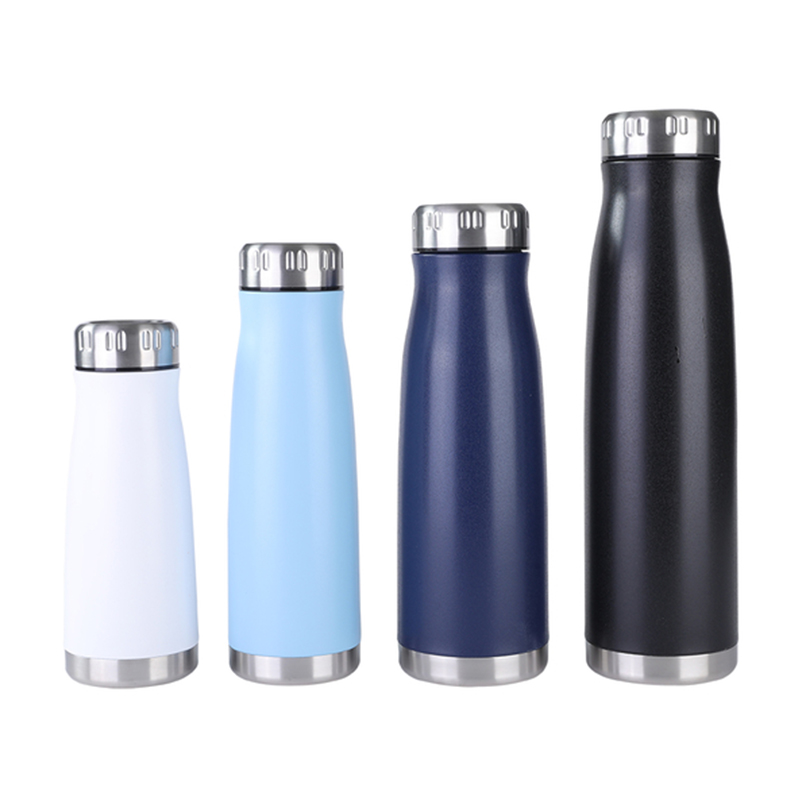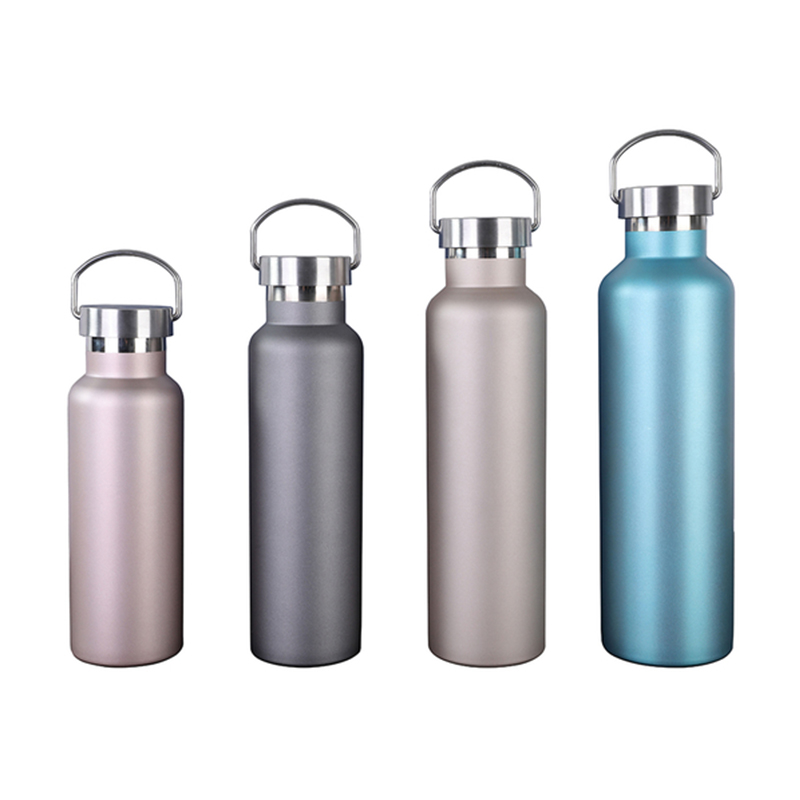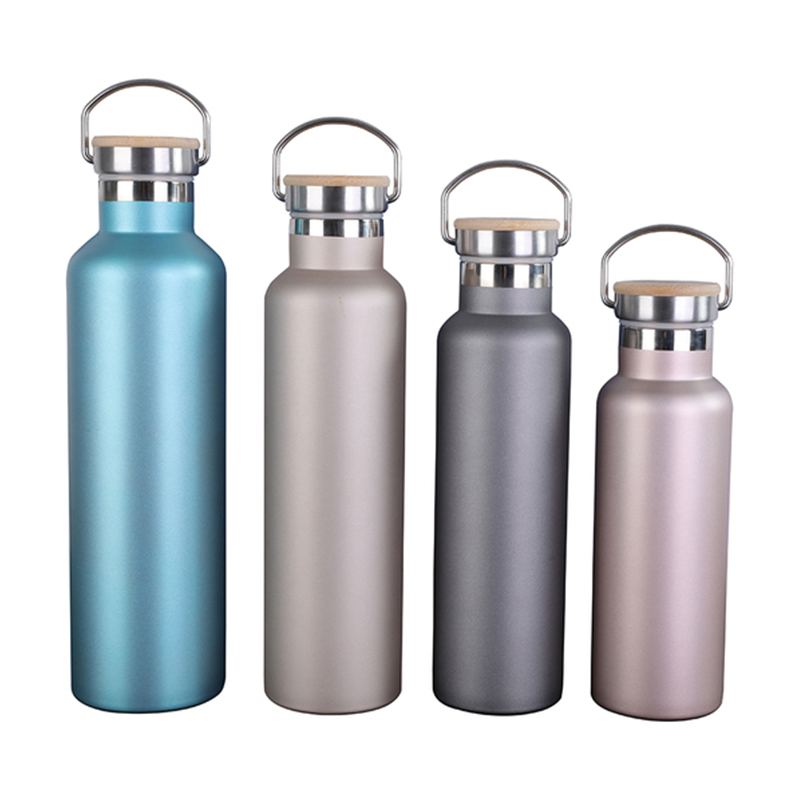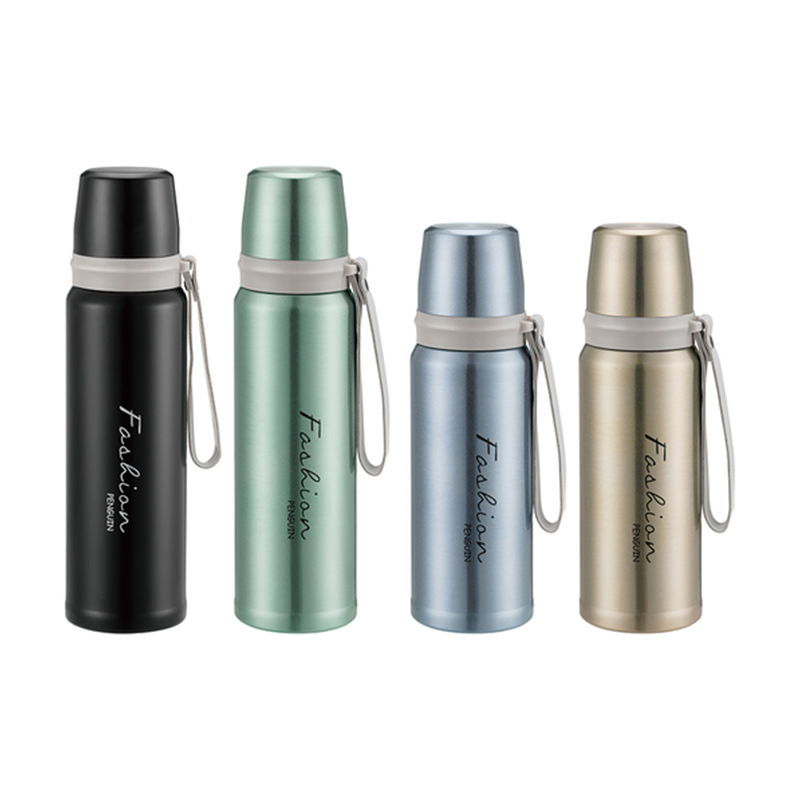The Types of Water Bottles for Sports
2025-06-20
Plastic sports bottles are among the common and widely used types for athletic activities. Typically made from BPA-free, food-grade plastic, these bottles are lightweight, durable, and affordable.

Advantages: Their light weight and shatterproof nature make them ideal for activities such as running, cycling, and gym workouts. They often come with easy-to-use sports caps or push-pull spouts that enable quick sips without interrupting the activity. Some models also include measurement markings, helping athletes monitor their hydration levels.
Considerations: Plastic bottles may retain odors or stains over time if not properly cleaned. They are less effective at temperature retention, so liquids tend to become warm quickly in hot environments.
Stainless steel water bottles are gaining popularity among athletes who require durability and better insulation performance.
Advantages: Made from corrosion-resistant stainless steel, these bottles can keep drinks cold or hot for extended periods, often thanks to double-wall vacuum insulation. This makes them suitable for outdoor sports like hiking, mountain biking, and winter sports where temperature control is important. They are also resistant to impacts and less likely to break than glass or plastic bottles.
Considerations: Stainless steel bottles are typically heavier than plastic ones, which might be less convenient for long-distance runners or cyclists. Some users find that these bottles can impart a slight metallic taste if not properly cleaned.
Collapsible bottles are designed for athletes who prioritize space-saving and portability.
Advantages: These bottles are made from flexible, food-grade silicone or plastic materials that allow the bottle to fold or roll up when empty. They are extremely lightweight and compact, making them convenient for travelers, trail runners, and cyclists who want to minimize bulk once the water is consumed.
Considerations: Collapsible bottles usually do not offer insulation, so liquids warm up faster. They may be less durable than rigid bottles and can sometimes develop leaks if the material or seams are compromised.
Glass water bottles are favored by some athletes for their clean taste and environmental friendliness.
Advantages: Glass does not retain flavors or odors, ensuring a pure drinking experience. It is also easy to clean and free from chemicals often found in plastics. For activities like yoga, gym workouts, or casual cycling, glass bottles can be a suitable choice.
Considerations: Glass is fragile and prone to breakage upon impact, which limits its practicality for high-intensity or rugged sports. Many glass bottles come with protective silicone sleeves to enhance durability, but users must still handle them with care.
While stainless steel bottles often feature insulation, there are insulated bottles made from other materials as well.
Advantages: Insulated bottles maintain beverage temperature, whether cold or hot, for several hours. This is particularly beneficial for outdoor sports in weather conditions. For athletes who prefer cold water or sports drinks, these bottles help sustain refreshment and improve hydration effectiveness.
Considerations: Insulated bottles tend to be bulkier and heavier, which may be a disadvantage during endurance sports where every gram counts.
Though not traditional bottles, hydration bladders are popular among endurance athletes, hikers, and cyclists.
Advantages: These flexible reservoirs fit into backpacks and are connected to a drinking tube, allowing hands-free hydration on the move. They typically hold 1.5 to 3 liters, providing ample water for long activities. The design reduces the need to stop or slow down to drink, making them highly efficient.
Considerations: Hydration bladders require thorough cleaning and drying to prevent mold growth. They are less convenient for casual use or short activities where a bottle is simpler.



 English
English  日本語
日本語  Deutsch
Deutsch 



